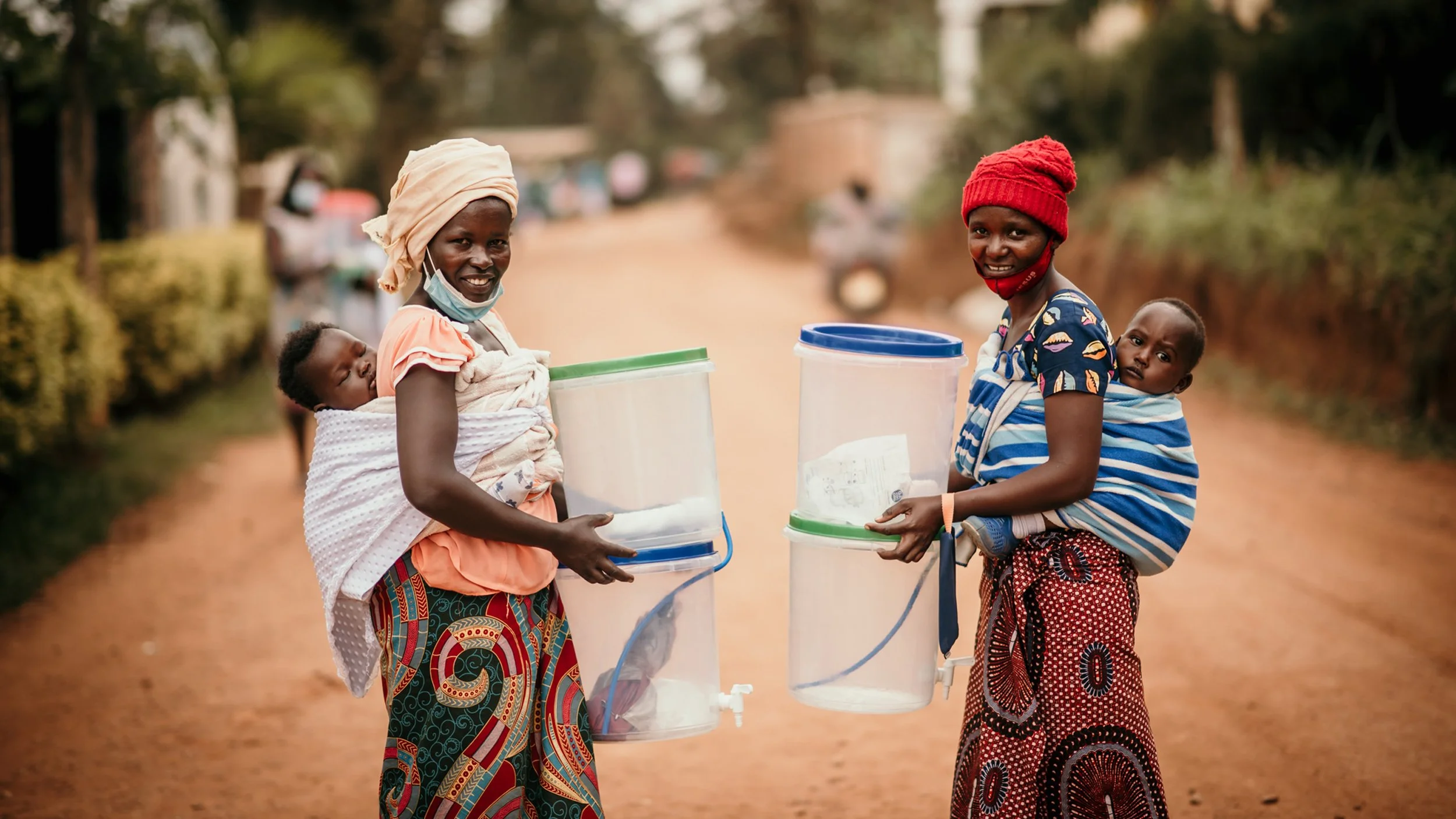
Facts
297,000 children under five die every year from diarrhoeal diseases.³
Facts and Statistics
The seriousness and expansiveness of the global lack of clean drinking water can best be understood through global assessments. These quotes and links create a detailed picture of the situation. Armed with knowledge, we are led to act.
1) Sustainable Development Goal 6.1: By 2030, achieve universal and equitable access to safe and affordable drinking water for all.
3) Some 829 000 people are estimated to die each year from diarrhoea as a result of unsafe drinking-water, sanitation and hand hygiene. Yet diarrhoea is largely preventable, and the deaths of 297 000 children aged under 5 years could be avoided each year if these risk factors were addressed.
5) 3.4 million people, mostly children, die annually from water-related diseases. Most of these illnesses and deaths can be prevented through simple, inexpensive measures.
6) Diarrhea and cholera responsible for tens thousands of deaths annually, and chronic situations lead to anemia and malnutrition.
7) 71% of the world population is using a safely managed drinking-water service, leaving over 2 billion people with access only to water contaminated with faeces.
8) Approximately half of Global Analysis and Assessment of Sanitation and Drinking-Water (GLAAS) participant countries have set drinking-water targets that aim for universal coverage at levels higher than basic services by 2030.
(WHO, Water Sanitation Health)
9) While many countries estimated the cost of implementing their national Water and Sanitation for Health (WASH) plans, less than 15% of countries reported having sufficient financial resources to implement these plans.
(WHO, Water Sanitation Health)
LINKS
UNICEF’s Interactive Data Search by Country for Clean Water Access
WHO’s interactive data map online software
UN Water, Sanitation and Hygiene
Highlights from the SDG 6 Synthesis Report 2018 on Water and Sanitation
United Nations’ World Water Development Report
United Nations Monitoring of Water Related Progress
The World Health Organizations standards for drinking water
An Introduction to Water Quality Standards
UNESCO World Water Assessment Programme
United Nations Development Program’s 2019 Human Development Report
2) Between 2000 and 2020, the number of people who still lacked even basic drinking water services was reduced by a third, from 1123 million to 771 million.
4) For every dollar invested in water and sanitation, there is a $4.3 return in the form of reduced health care costs for individuals and society around the world, where 2.5 billion people still lack access to basic sanitation services, with 1 billion practicing open defection.
